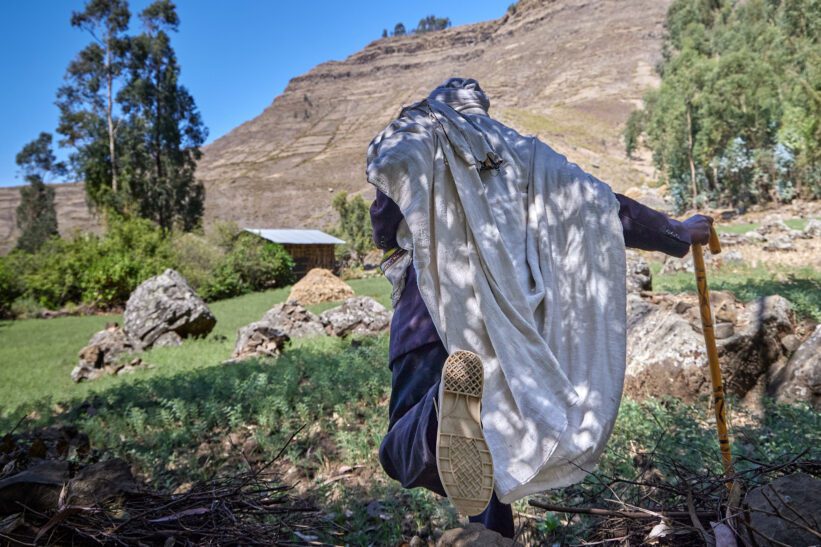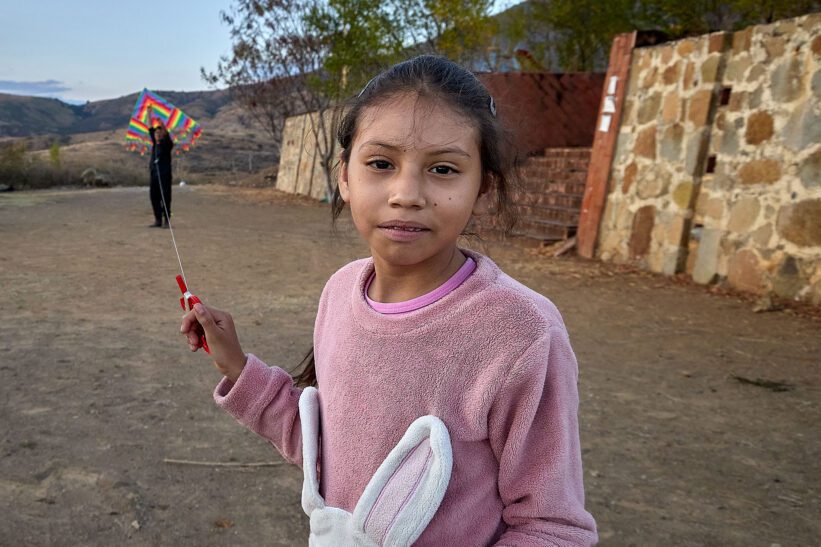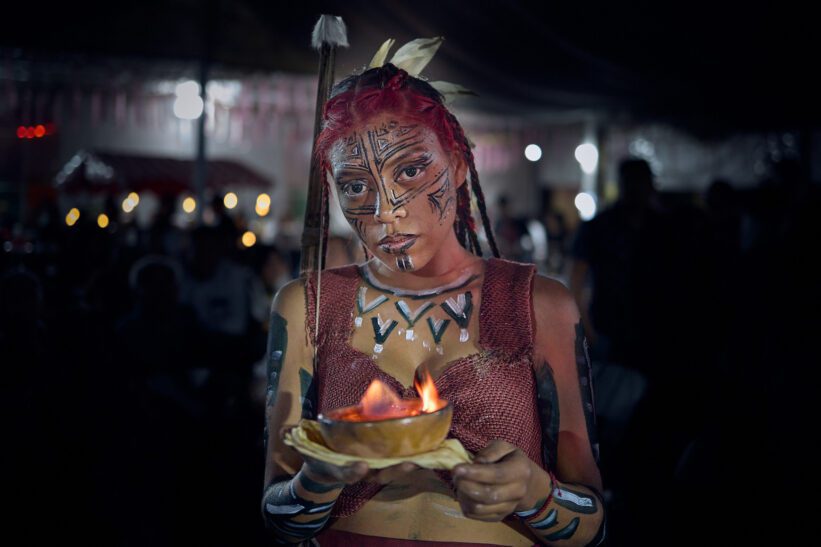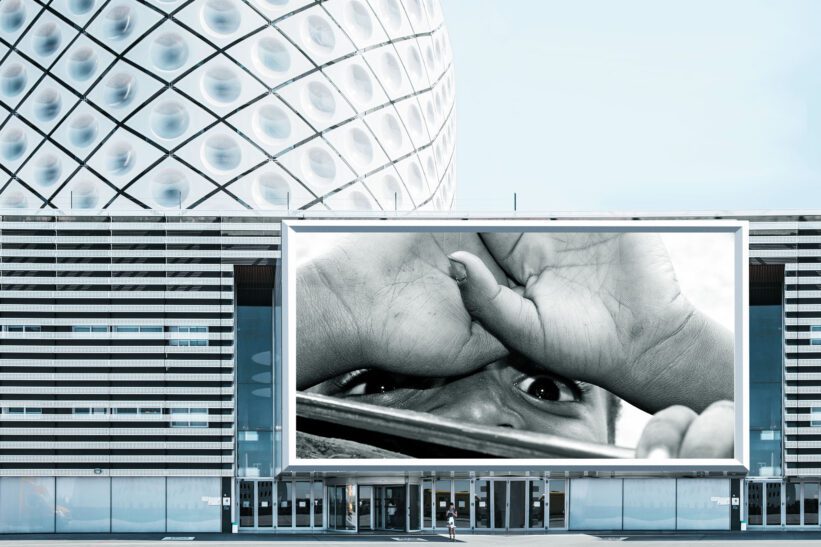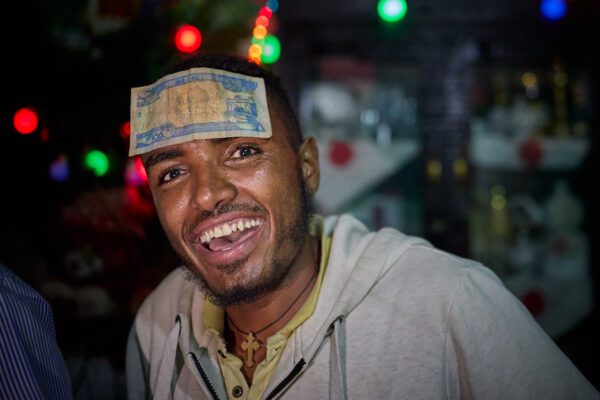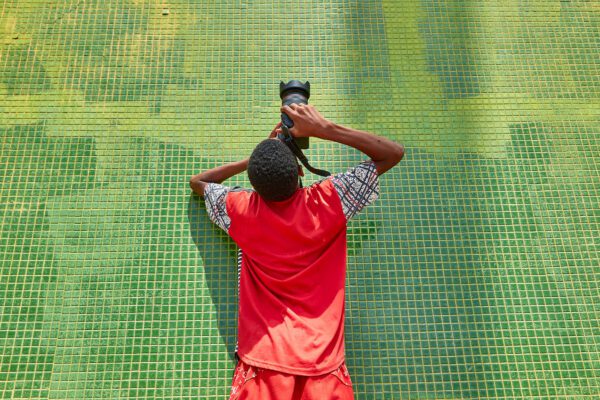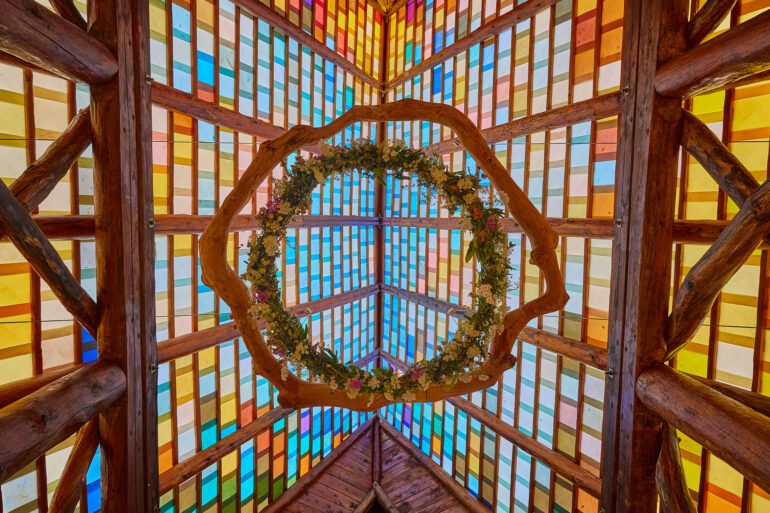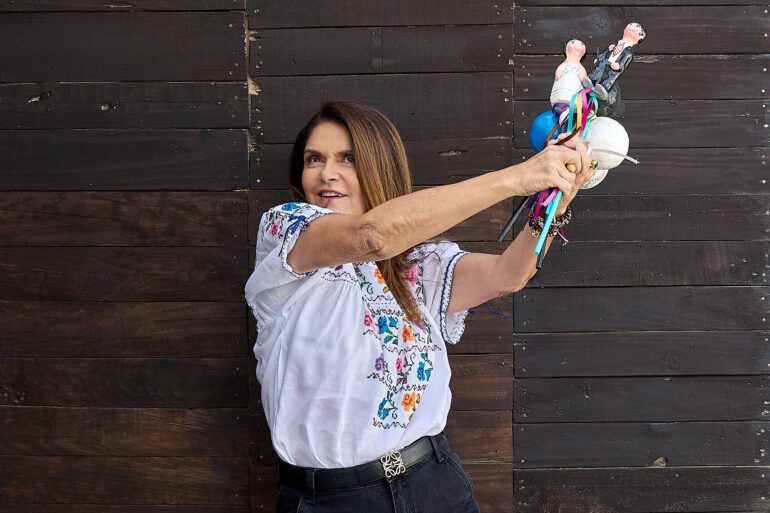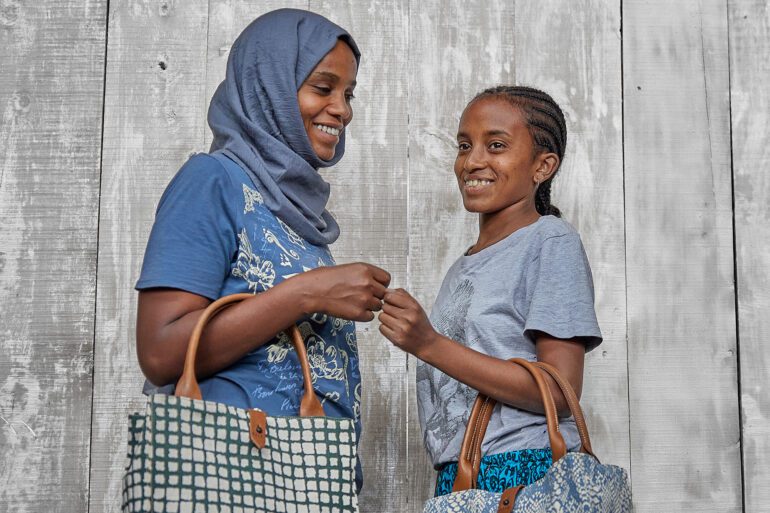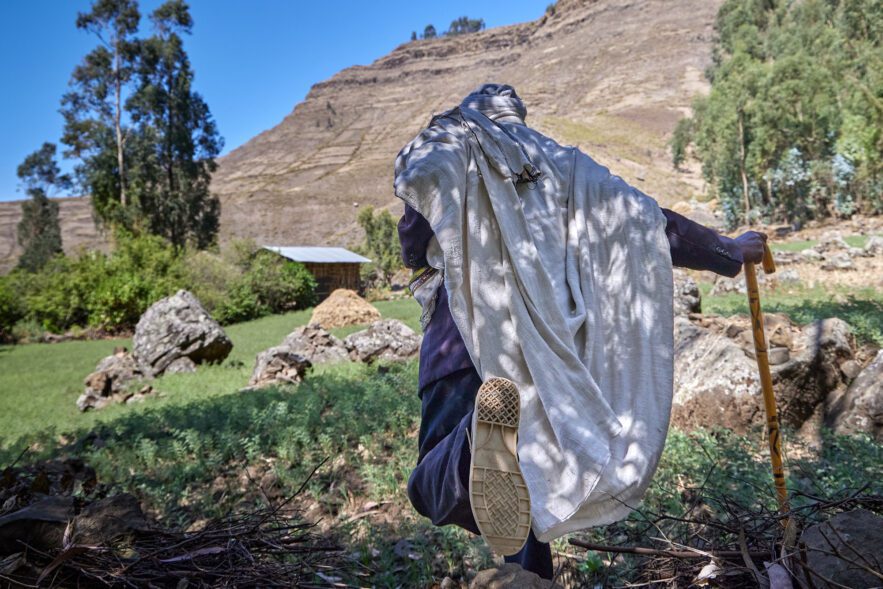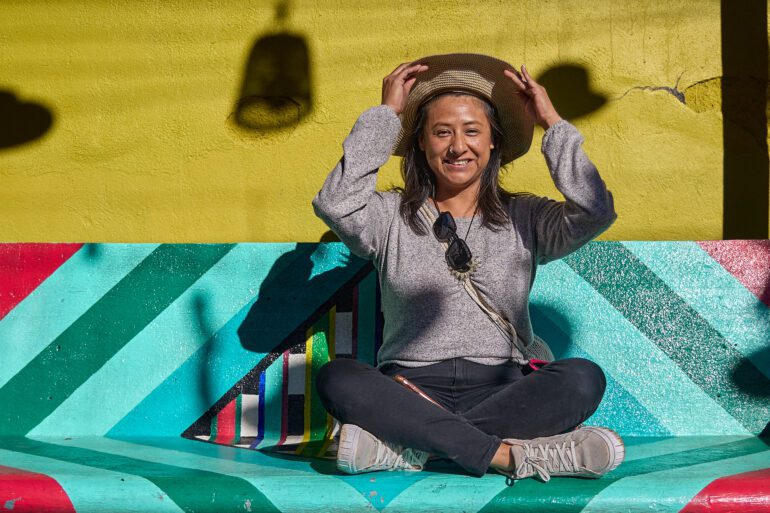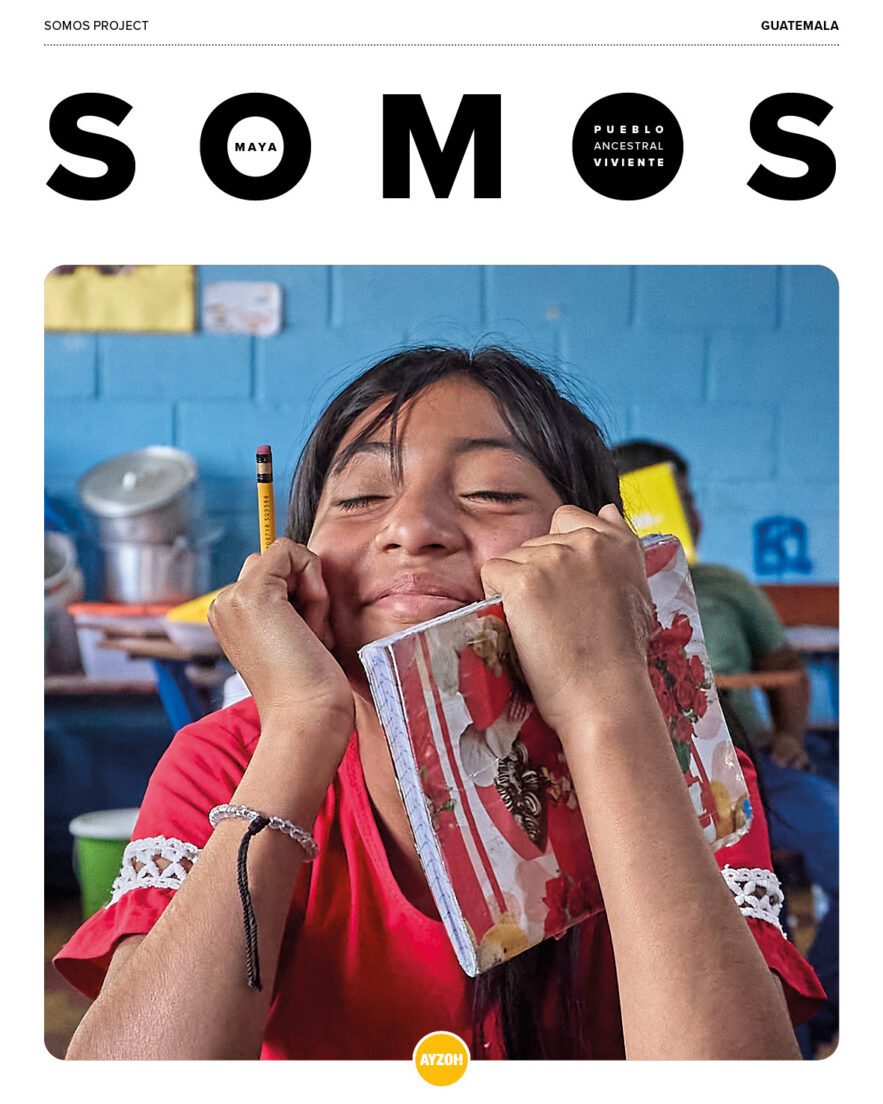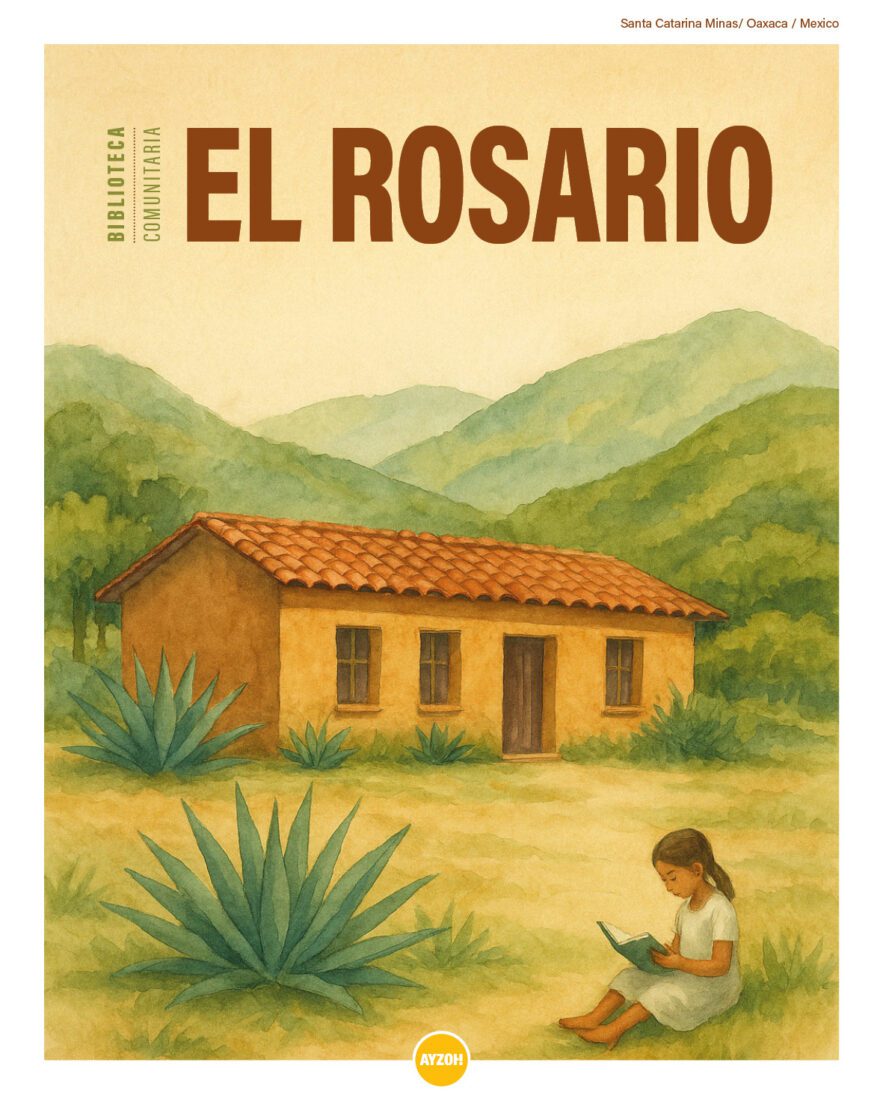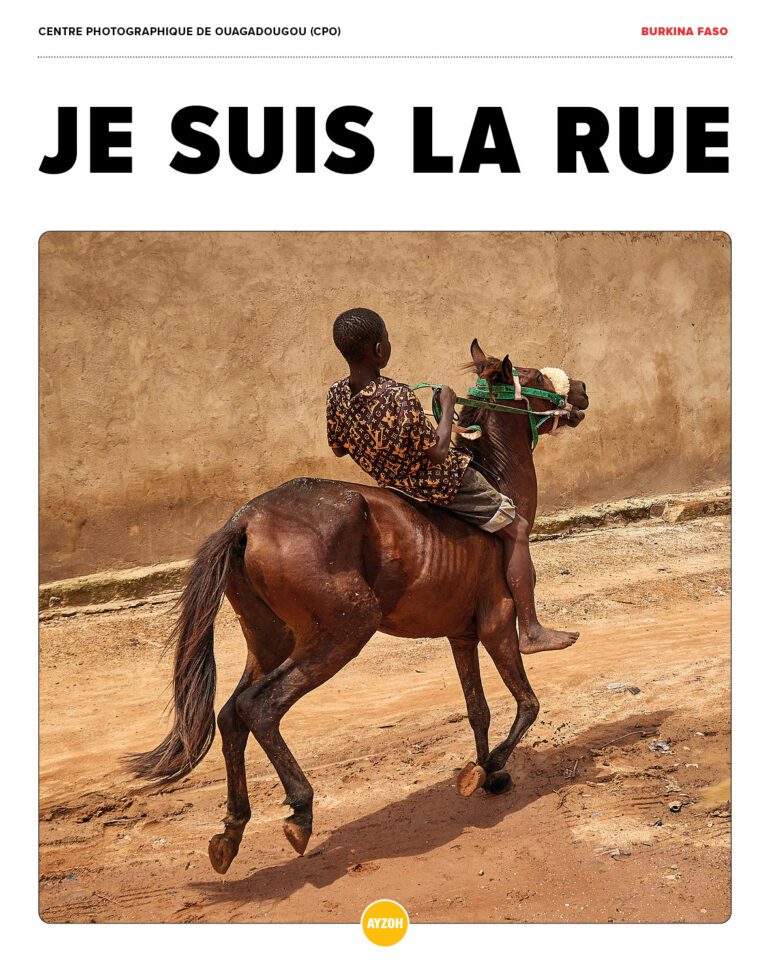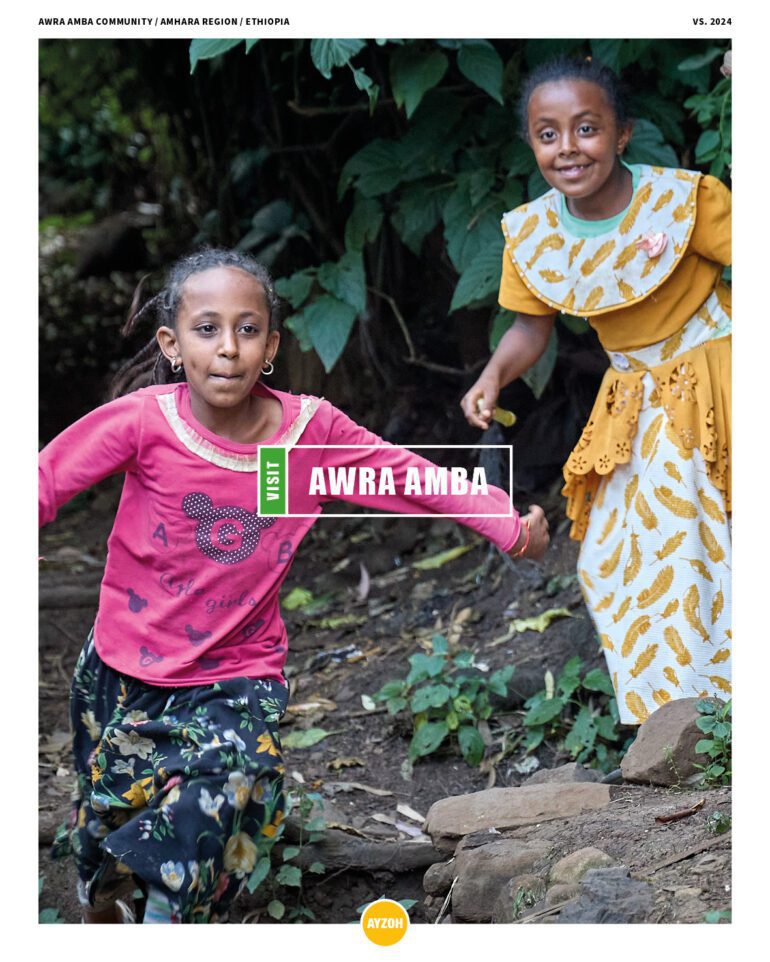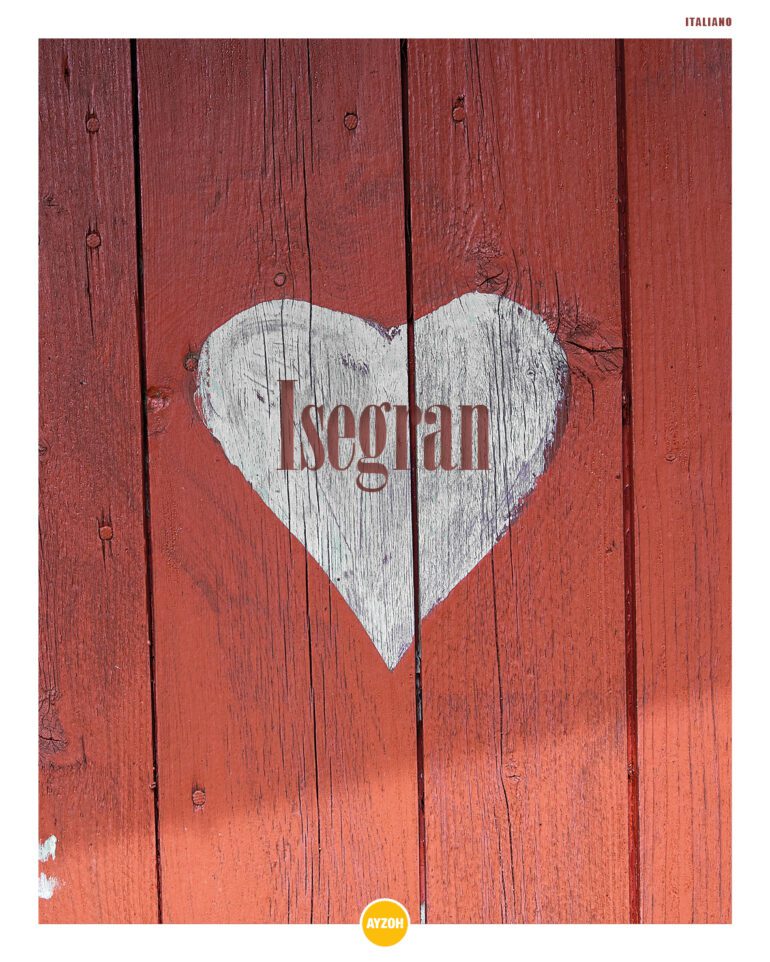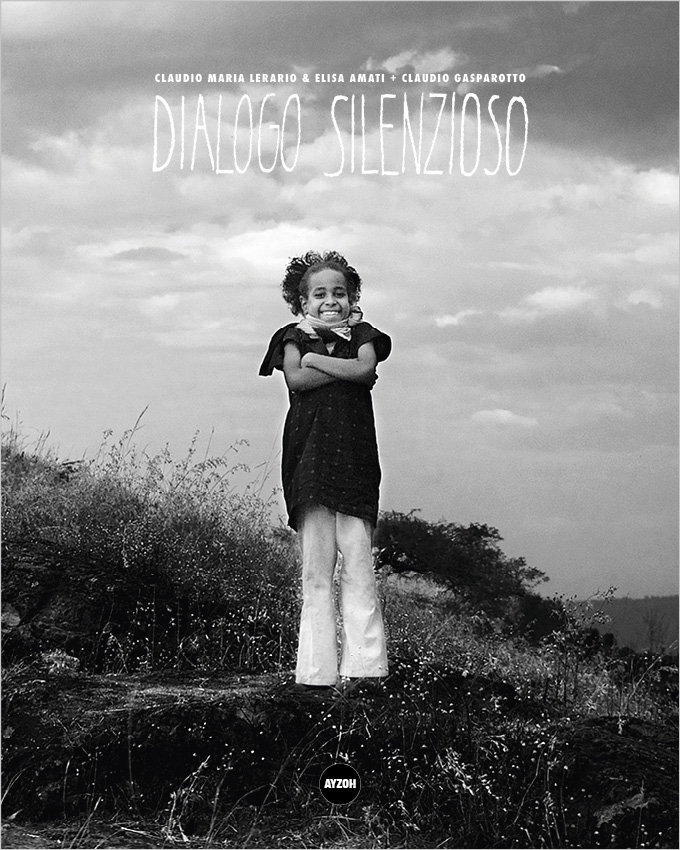Ayzoh! launches Somos / Comunidad Ancestral Viviente, a project that bridges struggles for justice, freedom, and dignity, creating a network of solidarity and offering a message of hope and resilience that resonates far beyond borders, uniting those who see these efforts as essential to the future of all communities.
Somos — We are
A single word, a declaration of existence. It’s not just a name, but an affirmation of life, of connection. It says: “We are here. We exist as one.” It speaks to our shared humanity, to the collective spirit that binds us together across time and space.
Comunidad — Community
More than a group of people, it is a living circle, a gathering of souls bound by shared roots and common dreams. It’s a space of belonging, where each individual is part of something greater: a collective heartbeat that echoes the wisdom of the Earth
Ancestral — Ancestral
A word that carries the weight of generations, a lineage stretching back through centuries. It honors those who came before us: their stories, their struggles, their victories. The ancestors are not gone; they live within us, shaping who we are and who we are yet to become.
Viviente — Living
This community is not a relic of the past; it breathes, it grows, it transforms. It is alive, vibrant, constantly renewing itself in harmony with the present, while carrying the timeless wisdom of its origins.
A call from Ayzoh!
Somos – Comunidad Ancestral Viviente brings together the unique wisdom of Indigenous peoples from around the world with individuals who believe in the universal value of their heritage.
This rich tapestry of knowledge, community spirit, spirituality, art, solidarity, and respect for nature carries the seeds of a more just and sustainable future: one that transcends borders, cultures, and religions.
Our roots
Since our beginnings in Acupé, a small village in Bahia in 2008, Ayzoh! has been amplifying the voices of marginalized communities.
With nothing but our skills honed through decades in international reportage and communication, we offered our work to those whose stories were often overlooked. Despite the financial sacrifices, we’ve never regretted that choice.
Over the years, we’ve worked with many communities across three continents, reaching thousands of lives. From each one, we have learned vital lessons.
Despite differences in geography, culture, or faith, Indigenous communities share a common thread: they are guardians of wisdom and an inherent, unspoken ethic of togetherness.
These communities stand in contrast to the often divisive, ideological, and egocentric nature of the so-called “Western world.” What they practice every day, without fanfare or self-promotion, is what in Western society is deemed extraordinary.
Words that have been twisted, diluted, and commercialized — solidarity, inclusion, resilience, storytelling — are simply woven into the fabric of their existence. They don’t need to declare them; they live them.
A shared struggle
This way of life is not exclusive to Indigenous communities in Latin America, Africa, or Asia. There are pockets within the “Western world” where people still resist a system that, under the guise of freedom, slowly erodes sacred values, controls language, and uses art as a sermon, all while widening the gap between society’s haves and have-nots.
These Indigenous communities are a living defense against a seemingly inevitable tide of exclusion, control, and violence towards those who refuse to conform.
Alive and evolving
For centuries, researchers, academics, and photographers have studied and documented these communities, often treating them as relics of the past, something to preserve or defend. But “Somos” shifts the narrative.
These communities are not disappearing: they are alive, evolving, and brimming with life. They don’t need spectators; they need allies to walk with them on a shared path forward.
A universal journey
Our journey begins in Guatemala, where we found inspiration in the Plan National de Pastoral Indígena, a document of 176 points brought to our attention by Father Clemente.
This document blends the social vision of the Gospel with the ancient wisdom of the Mayan Popol Vuh, drawing parallels with the African concept of Ubuntu, Sufism, Northern European animism, Eastern traditions, and Western humanism.
For each of these 176 points, we will craft visual narratives — stories of real people and places — and illustrate their connections to other cultures, religions, and geographies.
We approach these stories with deep respect but avoid idealization: we do not believe that all traditions must be preserved, as some practices can be restrictive, unjust, or even harmful, particularly toward women. This adds a layer of realism to Somos, setting it apart, for example, from New Age idealizations and instead grounding it in authentic human experiences.
Our goal is to create a universal story, building a concrete and collective movement for social change through collaborative editorial work, cultural exchanges, and meetings without borders.
Why Somos
In the wisdom of indigenous communities lies a treasure that belongs to all of humanity: a legacy that can guide us toward a more just, sustainable, and united world. SOMOS amplifies this ancient strength, inviting us to come together, protect what is precious, and build a future where dignity and harmony prevail.
With a mission to amplify Indigenous voices, SOMOS celebrates their resilience, dignity, and strength: qualities not exclusive to them but shared by all those who take concrete action for peace, social justice, respect for uniqueness, and unity.
Why it matters
Across Latin America, Africa, Asia, and beyond, Indigenous communities face challenges that resonate with all of humanity: access to healthcare, the fight for land, and the preservation of cultural heritage. These are not isolated struggles: they reflect the problems faced by a growing number of people in the so-called “Western world”.
SOMOS highlights these universal struggles through the power of photography and storytelling, documenting the interconnectedness of human experience across borders for building an intentional community that transcends artificial divisions, uniting individuals worldwide who are committed to these shared values.
Where humanity’s roots meet the future
Every indigenous community carries within it a legacy that reaches far beyond its borders, a wisdom that speaks not only of the past but of the future of all humankind. In their values, traditions, and deep connection to the earth, we find the essential keys to a more just, harmonious, and sustainable world: values that resonate universally.
The sense of community, the respect for nature, and the understanding that each individual is a reflection of humanity as a whole are not just principles of indigenous life; they are the pillars of a future where humanity thrives in unity. These values, now under threat, hold the power to reshape our shared future, offering a pathway especially relevant in a fractured and disconnected world.
What it means to be human
SOMOS recognizes and amplifies the strength of indigenous communities. It brings their wisdom into the heart of global conversations, transcending cultural and ideological divisions.
From the original animism that celebrates the sacred in nature to the humanistic messages shared by all major religions, SOMOS invites us to unite in this shared vision: a future where harmony with nature and dignity for all are not just ideals but realities.
In this brochure, we aim to provide you with all the insights and information needed to understand the heart of our mission, to inspire you, and to encourage collective action.
Join us in honoring these universal values and help us build a future that bridges divides and uplifts the very essence of what it means to be human.
Genesis of the project
The initial spark for this project ignited in San Antonio Llotenangoa — a small town in Guatemala — where Father Clemente, a priest of Mayan origin, introduced us to the Plan National de Pastoral Indìgena (National Plan for Indigenous Pastoral Care).
This document, crafted in 176 points, outlines a program of action to support the aspirations of indigenous communities for social justice, freedom, self-determination, and peace.
Though rooted in the experiences of Mayan communities, its scope transcends borders. The plan is not just a roadmap: it’s a poetic vision of a better world.
When we first read it, we recognized the power of its message. The struggles and hopes of the Mayan communities mirrored those of the people we had encountered in Mexico: we shared the document with some of the Mexican Indigenous Peoples: they immediately offered to co-operate with us.
Then, we translated the document and shared it with representatives from various African communities, including in the Omo Valley, Konso, and the Amhara Region of Ethiopia.
Their response was overwhelming; they saw themselves reflected in those points, as if the document had been written for them, too.
We didn’t stop there. The document was shared with Sámi communities in Norway, who expressed the same sense of resonance.
Later, we consulted Sufi leaders, and once again, the reaction was the same: “This is for all of us. Let’s take this document and turn it into something global, something that transcends all divisions, borders, and religions.”
Even in the so-called “Western world”, in more privileged contexts, this document struck a chord. Its universal vision of hope, justice, and sustainability goes beyond religious, cultural, or geographical boundaries. It speaks to all, offering a way forward in a world that seems to have lost its way.
After securing the blessing and approval of Father Clemente and his allies — those who first gave life to this vision — we committed to transforming this document into the heart of a global movement.
A movement designed to bring strength, beauty, and the power of change to communities and individuals who, though separated by distance, are united by common ideals.
This is the genesis of SOMOS: a project born from the sacred, yet grounded in the universal, where every community, no matter its faith or place, is a vital part of the whole.
Obiectives of Somos
Somos is dedicated to preserving, uplifting, and connecting the voices and stories of Indigenous communities across Latin America, Africa, Europe, and Asia.
Through the power of storytelling, imagery, and collective action, we create spaces where diverse cultures come together, not only to share knowledge but to build a more just and sustainable future.
Our eight objectives are both ambitious and concrete: from safeguarding traditions and empowering self-determination, to forging deep connections that transcend geographical and temporal boundaries.
SOMOS is the bridge that unites past, present, and future through the beauty and resistance of human diversity.
1. Preserving Indigenous knowledge
SOMOS aims to document, celebrate, and preserve the cultural richness and ancestral wisdom of Indigenous communities across Latin America, Africa, Europe, and Asia. By creating a living archive through photography, film, and oral history, we seek to ensure that the traditions, stories, and voices of these communities endure and are shared with future generations.
2. Empowering communities through self-representation
We believe that Indigenous communities should be at the forefront of telling their own stories. SOMOS empowers local youth and community members by providing them with the tools and training needed to document their own experiences. This ensures authentic narratives, created from within, rather than imposed from the outside.
3. Promoting cultural exchange and mutual learning
SOMOS fosters spaces for dialogue between Indigenous communities and the world. We encourage cultural exchanges between schools, artisans, and communities both locally and internationally. These exchanges promote mutual understanding and create opportunities for learning that transcends borders, highlighting the value and relevance of Indigenous wisdom in a global context.
4. Advocating for Indigenous rights
Beyond storytelling, SOMOS is committed to advocating for the rights of Indigenous peoples across Latin America, Africa, Europe, and Asia. Through partnerships with local leaders and organizations, we aim to support movements for land rights, cultural preservation, and self-determination. By amplifying their struggles and successes, we stand in solidarity with their ongoing fight for justice.
5. Building economic and social resilience
SOMOS works hand-in-hand with local producers, artisans, and cooperatives to support sustainable economic development. By promoting their crafts and products, we help Indigenous communities build financial independence while maintaining cultural integrity. Every collaboration is a step toward long-term resilience and self-sufficiency.
6. Raising global awareness and support
Through international exhibitions, fundraising events, and collaborative projects, SOMOS brings the stories and issues of Indigenous communities to a global audience across Latin America, Africa, Europe, and Asia. By engaging people worldwide, we create a network of support that can contribute to real change on the ground, ensuring that these communities receive the attention and resources they need to thrive.
7. Fostering unity through shared stories
At its core, SOMOS is about connection. We believe that through shared stories, we can build bridges between cultures, generations, and continents. SOMOS seeks to foster unity, not by erasing differences, but by celebrating them as part of a larger human narrative that binds us all.
8. Creating connections through the Unity Map, events, exchanges, and more…
One of our primary objectives is to create enduring connections through initiatives like the Unity Map, live events, multimedia platforms, and school exchanges. These efforts aim to make the SOMOS movement tangible and sustainable over time, ensuring that connections formed lead to meaningful and lasting impact.
Action plan
The SOMOS project unfolds through a series of interconnected actions that take place both sequentially and concurrently, harnessing the full range of Ayzoh!’s expertise and resources. These actions are divided into five main phases:
1. Fieldwork: photography, videography, audio, and the collection of testimonies. 2. Social research. 3. Editing and design: book, website, fine art prints, multimedia events. 4. Production: book, website, documentary, live multimedia events. 5. Dissemination: spreading the work across the globe through multiple channels.
At every stage, the communities themselves will be actively involved, ensuring that their voices and perspectives shape the project at its core.
1. Fieldwork
Our journey begins with the Mayan peoples of Guatemala, southern Mexico, Honduras, El Salvador, and Belize, who have explicitly requested Ayzoh!’s support in their struggles for social and economic justice.
These communities are fighting to unite the ideals of applying the Gospel’s teachings on Earth with the sacred Popol Vuh, their ancient scripture.
Through our collaboration, we aim to enhance their message of peace, unity, freedom, and respect for nature, amplifying it on a national, continental, and global level. The impact here will touch tens of thousands of lives.
From Central America, we will move to Ethiopia, specifically to the Amhara region and the Omo Valley, where we will engage with four distinct indigenous groups: the Hamer, Surma, and Karo.
Here, we will immerse ourselves in their ways of life, listening deeply to every individual’s voice and working closely with them, not for them.
In Norway, we will work with the Sami communities during the harsh winter months. Although the conditions are extreme, it is during this time that the unique identity of these peoples is most fully expressed.
Lastly, we will collaborate with Sufi communities in Africa and Europe, with possible future expansion into Asia, including Turkey, Indonesia, and Pakistan.
Throughout all of this fieldwork, Ayzoh! will remain true to its core principle: we always work with the communities, not for them. Their knowledge, experiences, and desires will lead the way.
2. Social research
While our fieldwork progresses, our team of social researchers will conduct parallel studies to gain a deeper understanding of the socio-economic and cultural dynamics at play in each community. These insights will help shape our storytelling and advocacy tools, ensuring they are rooted in the real struggles and dreams of the people we work with.
3. Editing and design
After the fieldwork and research are complete, we will move into the editing and design phase. This phase will involve creating a cohesive narrative that spans a wide range of media.
Book: a visually stunning and deeply moving publication that captures the essence of the communities and their struggles.
Website: a dynamic and interactive platform that serves as the digital hub for the project.
Fine Art Prints: limited edition prints that represent the beauty and strength of these communities, available for purchase to support their ongoing struggles.
Multimedia events: immersive live experiences that bring together visuals, sound, and storytelling to create a profound connection between audiences and the communities.
4. Production
Once editing and design are finalized, we will move into production.
The book will be printed and distributed globally.
The website will go live, becoming a gateway for people to explore the project in depth.
The documentary will be completed, offering a cinematic journey through the lives, hopes, and struggles of the communities involved.
Multimedia events will be held in multiple countries, sharing the work with a global audience and sparking conversations that drive change.
5. Dissemination
Leveraging Ayzoh!’s global network and media platforms, we will bring the voices and visions of these indigenous and spiritual communities to people around the world.
The project will culminate in a series of multimedia itinerant exhibitions, with scheduled events across multiple countries.
These exhibitions will not only document the beauty and resistance of indigenous communities but will also serve as catalysts for a global movement for uniting people under a shared vision of social justice, spiritual unity, and respect for nature.


